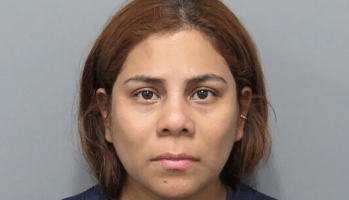Henry Keith Watson remembers April 29, 1992, as if it happened just last week. History won’t allow him to forget it.
It was a day that marked the beginning of one of the deadliest, most destructive race riots in the nation’s history, and one in which Watson’s spur-of-the-moment decision to take part made him one of the enduring faces of the violence.He was at home that day like thousands of others when he heard the news that was racing across Los Angeles: A jury with no black members had acquitted four police officers in the videotaped beating of Rodney King, a black man stopped for speeding nearly 14 months before.
“I got caught up in the emotions like everyone else,” Watson says 20 years after a riot that would leave 55 people dead, more than 2,300 injured and himself forever recognized as one of the attackers of white truck driver Reginald Denny, who himself became the enduring image of the innocents victimized during the chaos.
South Los Angeles, where the riot began, has changed considerably two decades later, as has Watson. But many things remain the same.
While racial tensions fanned by the verdict and the general feeling of disenfranchisement and distrust of police among LA’s black population have moderated, residents of the city’s largely black and Hispanic South Side complain that the area still is plagued by too few jobs, too few grocery stores and a lack of redevelopment that would bring more life to the area.
CLICK HERE to read story
article courtesy of TheGrio.com














